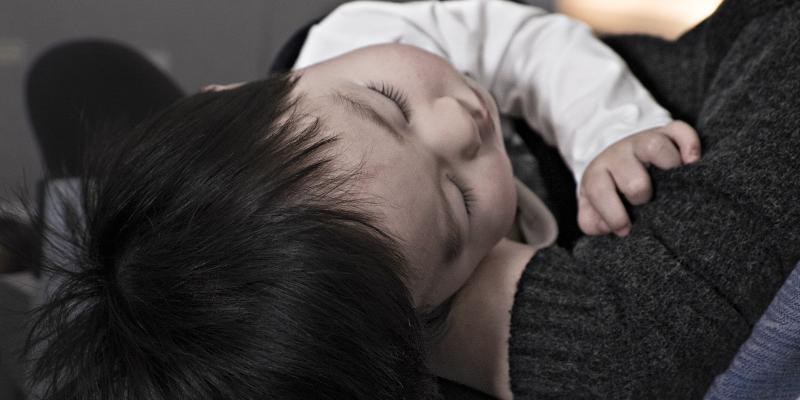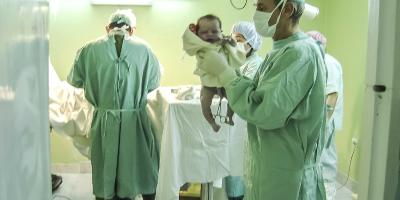Mateusz, the protagonist in Maciej Pieprzyca’s film “Chce się żyć" (Will to Live), was physically impaired due to cerebral palsy. Since he did not speak, he was also considered mentally impaired. However, this turned out to be only a communication issue.
This was the case until he became an adult and the teacher named Jola appeared in his life. She started to teach him the Blissymbols, composed of 4.5 thousand characters. Mateusz started to communicate with his surroundings and showed that he was not intellectually handicapped.
Premature or late childbirth
According to the Cerebral Palsy Parents' Association, there are approximately 20-25 thousand suffering from this disease in Poland. Cerebral palsy develops at early stages of development, usually between the 26th and 34th week of pregnancy, or during the perinatal period.
It may be caused by premature childbirth, oxygen deficiency, and infections during the fetal period, as well as health problems of the mother during the pregnancy. Post-term pregnancy – childbirth during the 42nd or later week – may also be unfavourable.
It is not possible to establish the cause in almost 40% of cerebral palsy cases.
Brain damage caused by cerebral palsy is permanent, but usually does not progress. It causes paresis, paralysis, involuntary movements, and disorders of motor coordination. Three-fourths of the patients experience pain caused by e.g. muscle stiffness and tightness. One-fourth experience epilepsy and urinary incontinence.
Mental development disorders
Cerebral palsy, or Little's Disease, as it is also known, sometimes appears through mental development disorders. One in four patients cannot speak, like Mateusz, the protagonist of “Chce się żyć".
However, cerebral palsy is usually associated with mental impairment. This is incorrect. Some individuals display behaviour disorders, but mental impairment only concerns half of the patients. This information comes from the data published in 2012 in “Pediatrics" magazine.
Psychologist Krystyna Ziątek of the “Mówić bez Słów" (Speak without Words) Association believes that many children with this disease would be able to develop normally if they had received assistance in due time, preferably at 2-3 years of age.
However, one needs to overcome the barrier of communication disorders, which appears in some patients. Children with cerebral palsy should be treated equally to other basic types of disabilities, such as vision and hearing impairments, as all they have to do is take advantage of an alternative way of communication, such as Blissymbols.
Initial symptoms
Early diagnosis of cerebral palsy is very important. According to the Cerebral Palsy Parents' Association, one of the earliest symptoms is limb shaking, torticollis, extension reflexes of the neck and spine muscles, crossing of lower limbs and holding feet plantar flexed, as well as swallowing difficulties.
Other issues to examine include the child’s potential eye wandering, excessive sensitivity to sounds, or the lack of it. From the first weeks of their lives, children with this disease have a hard time eating, are developing at a slower pace, and have trouble sitting up, crawling, and walking. However, the final diagnosis is not possible until the end of the first year of life, usually when the clinical symptoms are preserved.









Comments (0)